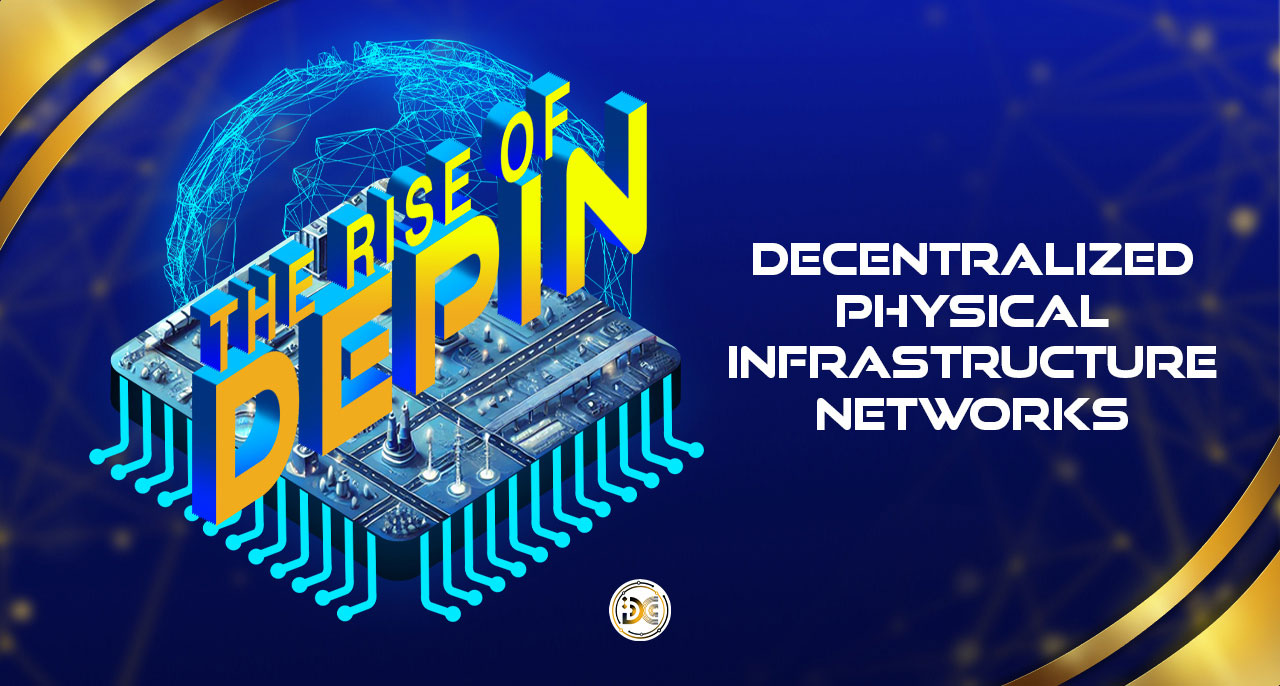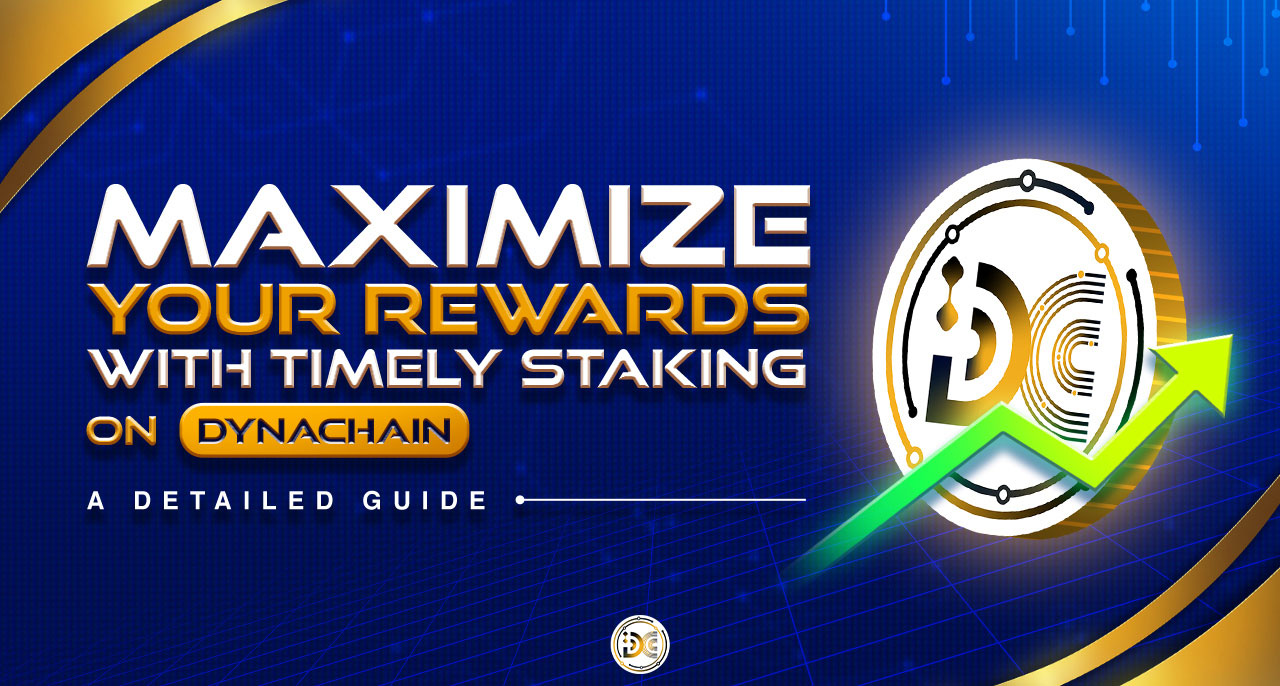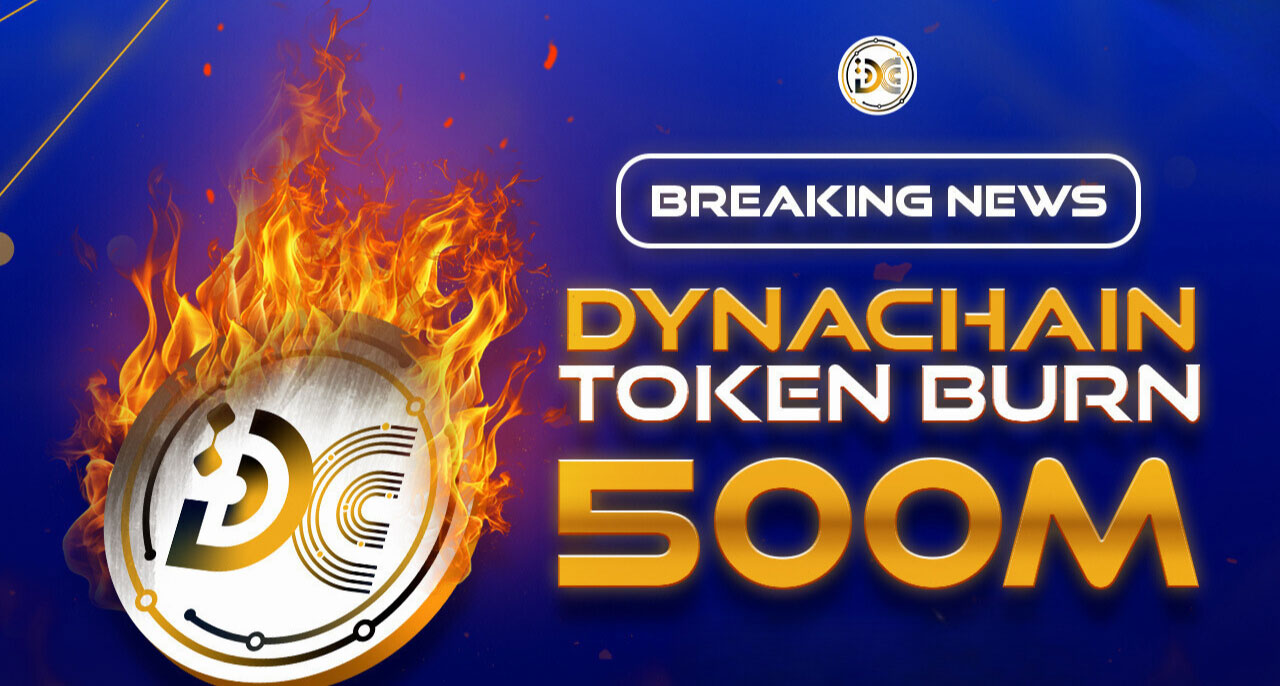Decentralization has extended its reach from the digital domain to the physical world with the emergence of Decentralized Physical Infrastructure Networks (DePIN) in recent years. These networks signify a fundamental change in the ownership, operation, and maintenance of physical infrastructure, including telecommunications, energy grids, and transportation systems. DePIN utilizes blockchain technology to provide a robust, transparent, and inclusive approach to infrastructure management.
What is DePIN?
DePIN stands for Decentralized Physical Infrastructure Networks. At its core, it combines the principles of decentralization with physical infrastructure, enabling communities and individuals to collectively own, govern, and benefit from infrastructure projects. Unlike traditional centralized systems, where large corporations or governments control essential services, DePIN allows for distributed ownership and control, often facilitated through tokenization and smart contracts on blockchain networks.
For example, imagine a city where the energy grid is not controlled by a single utility company but rather by a network of local businesses and residents who produce, share, and trade energy. This network could operate on a blockchain, with each participant earning tokens for their contributions, whether by generating solar power, maintaining the grid, or providing other services.
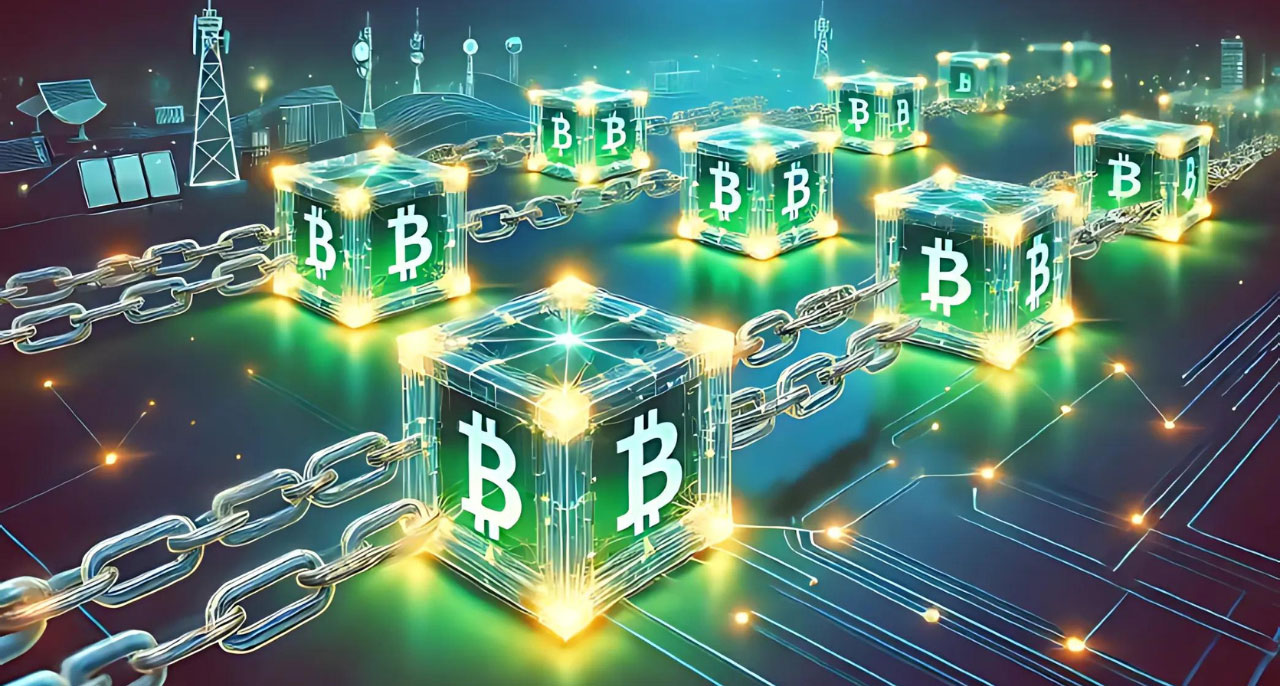
The Benefits of DePIN
Resilience and Security
Decentralized networks are inherently more resilient to attacks and failures because they do not rely on a single point of control. In a DePIN model, if one node (or participant) fails, others can continue to operate, ensuring the continuity of essential services.
Transparency and Trust
Blockchain technology provides a transparent and immutable record of transactions, which enhances trust among participants. In traditional infrastructure, lack of transparency can lead to inefficiencies and corruption, but DePIN offers a clear and traceable way to monitor and manage resources.
Inclusivity and Fairness
DePIN allows for a more equitable distribution of wealth and resources. By enabling community ownership, it empowers individuals and smaller entities to participate in and benefit from infrastructure projects, which are typically dominated by large corporations.
Innovation and Efficiency
Decentralization encourages innovation by allowing for a more open and competitive environment. With DePIN, participants can propose and implement new ideas and technologies without being hindered by bureaucratic red tape. This leads to faster development and more efficient use of resources.
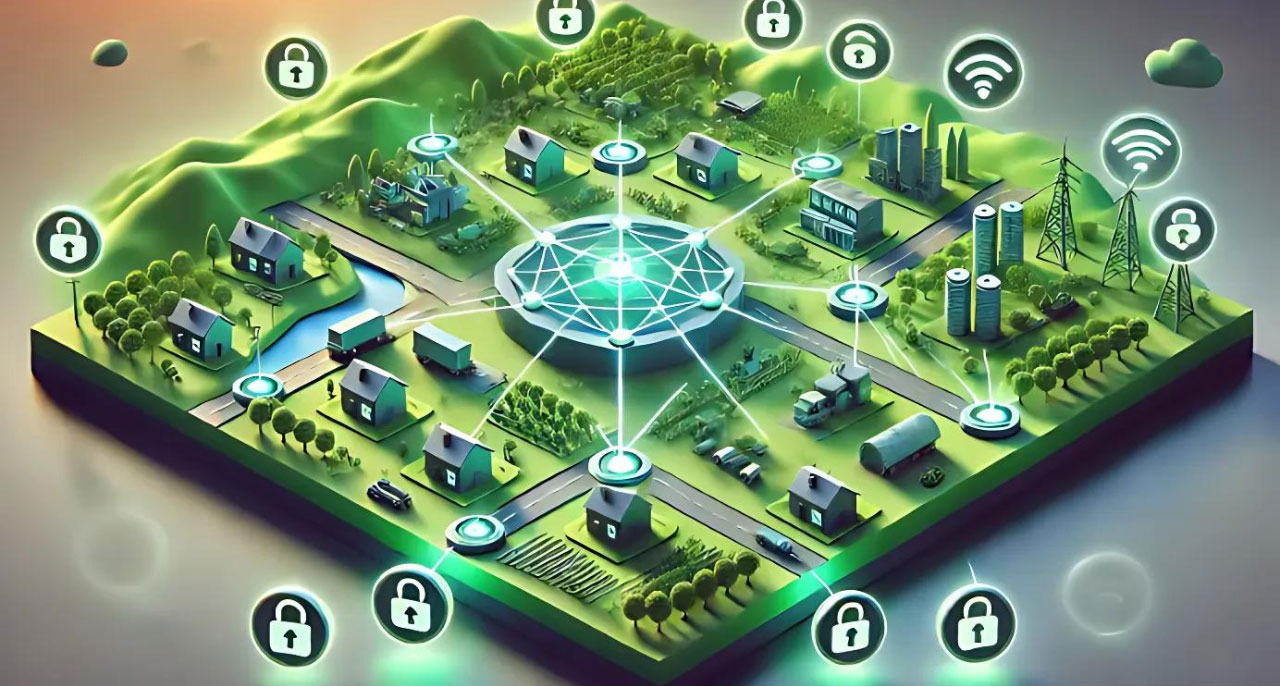
Applications of DePIN
The potential applications of DePIN are vast, ranging from energy and telecommunications to transportation and agriculture. Here are a few examples:
- Telecommunications: Projects like Helium are pioneering the use of DePIN in telecommunications by creating decentralized wireless networks. Participants can set up hotspots and earn tokens for providing coverage, creating a community-owned network that is cheaper and more reliable than traditional telecom services.
- Energy: DePIN can revolutionize the energy sector by enabling peer-to-peer energy trading. Households with solar panels, for instance, could sell excess power directly to their neighbors, bypassing traditional utility companies and reducing energy costs.
- Transportation: Imagine a decentralized network of autonomous vehicles where ownership and maintenance are distributed among users. This could lead to more efficient and accessible transportation options, reducing the need for centralized control by large corporations.
- Agriculture: Farmers could benefit from DePIN by sharing resources like equipment, water, and land. A decentralized network could facilitate the exchange of these resources, optimizing their use and reducing waste.
Challenges and Considerations
Although DePIN has great potential, it also presents substantial problems. These challenges encompass technological obstacles, such as the capacity of blockchain networks to handle large-scale operations and interact seamlessly with other systems, as well as concerns related to regulations and the establishment of effective governance. It is crucial to guarantee the fair and safe functioning of these networks, while also preventing monopolization or manipulation.
Furthermore, the achievement of DePIN’s success hinges on the extensive acceptance and a fundamental change in mindset towards decentralization. Participants must possess a willingness to adopt and utilize new technologies and collaborate within a decentralized framework, which represents a notable deviation from conventional paradigms of infrastructure management.
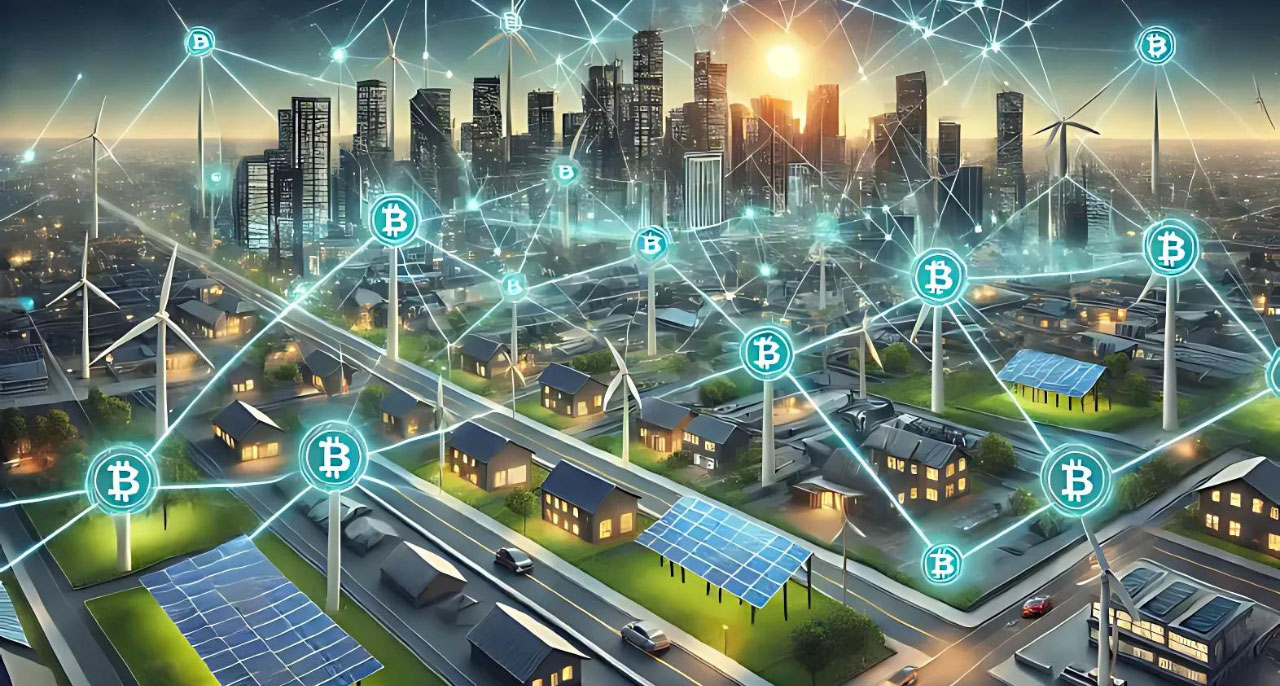
Decentralized Physical Infrastructure Networks are an innovative and pioneering approach to managing and engaging with our physical environment. DePIN utilizes blockchain technology to enhance the resilience, transparency, and inclusivity of infrastructure systems.
Despite the obstacles that need to be addressed, the advantages of decentralization in physical infrastructure are too substantial to disregard. As we further investigate and advance these networks, we could be on the verge of a new age in infrastructure, characterized by a more balanced distribution of power and a thriving of grassroots creativity.
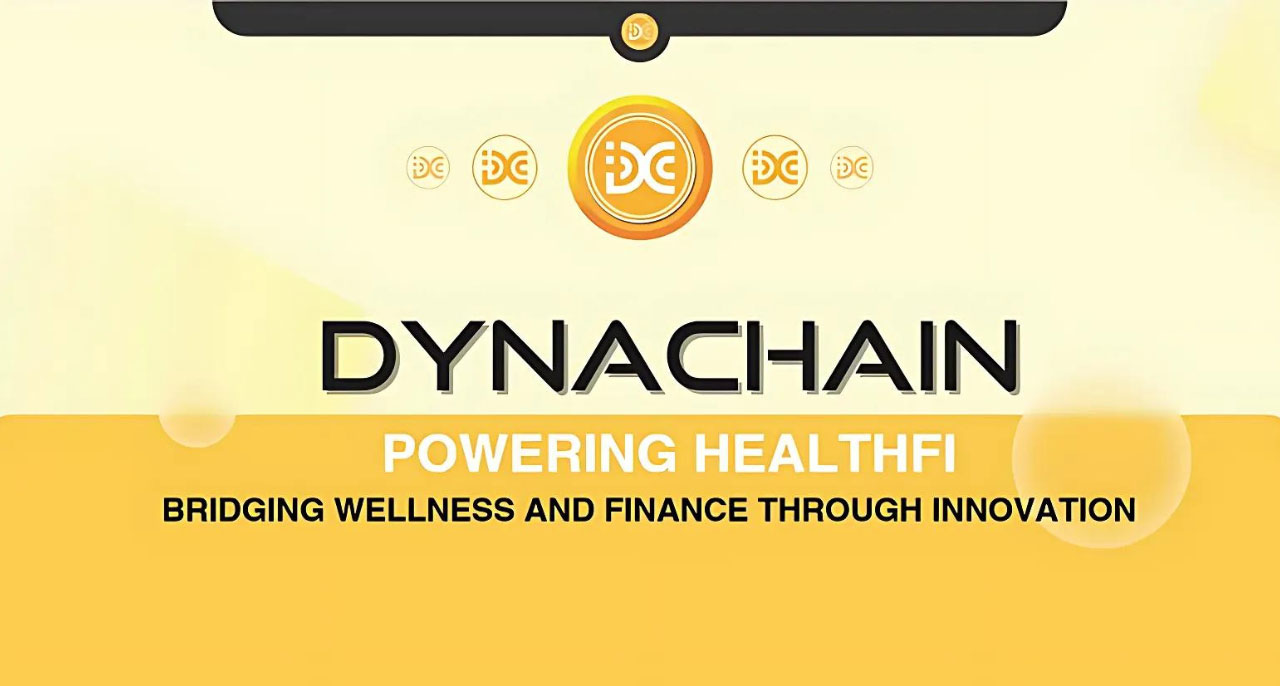
DynaChain emerges as a groundbreaking presence in HealthFi, led by the same leadership at the helm of the esteemed DNG Group.
Established in 1981, DNG Group is a proudly Malaysian-owned conglomerate, a beacon of innovation and excellence across diverse sectors. With a legacy that spans over four decades, DNG Group has been a trailblazer in the business landscape, embodying the spirit of Malaysian entrepreneurship.
The conglomerate’s commitment to excellence and forward-thinking strategies has led to the establishment of various entities that cater to the market’s evolving needs, including DC, Zero+ DCemall, DCM2M, and DC Ark.

